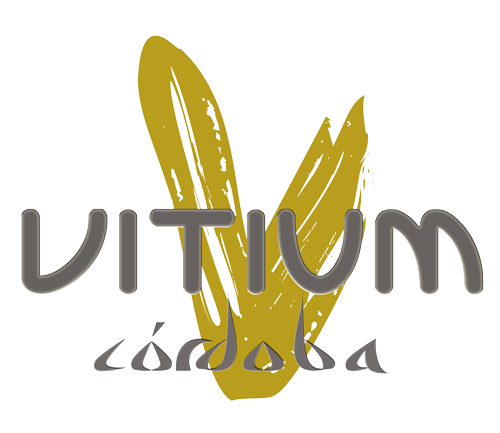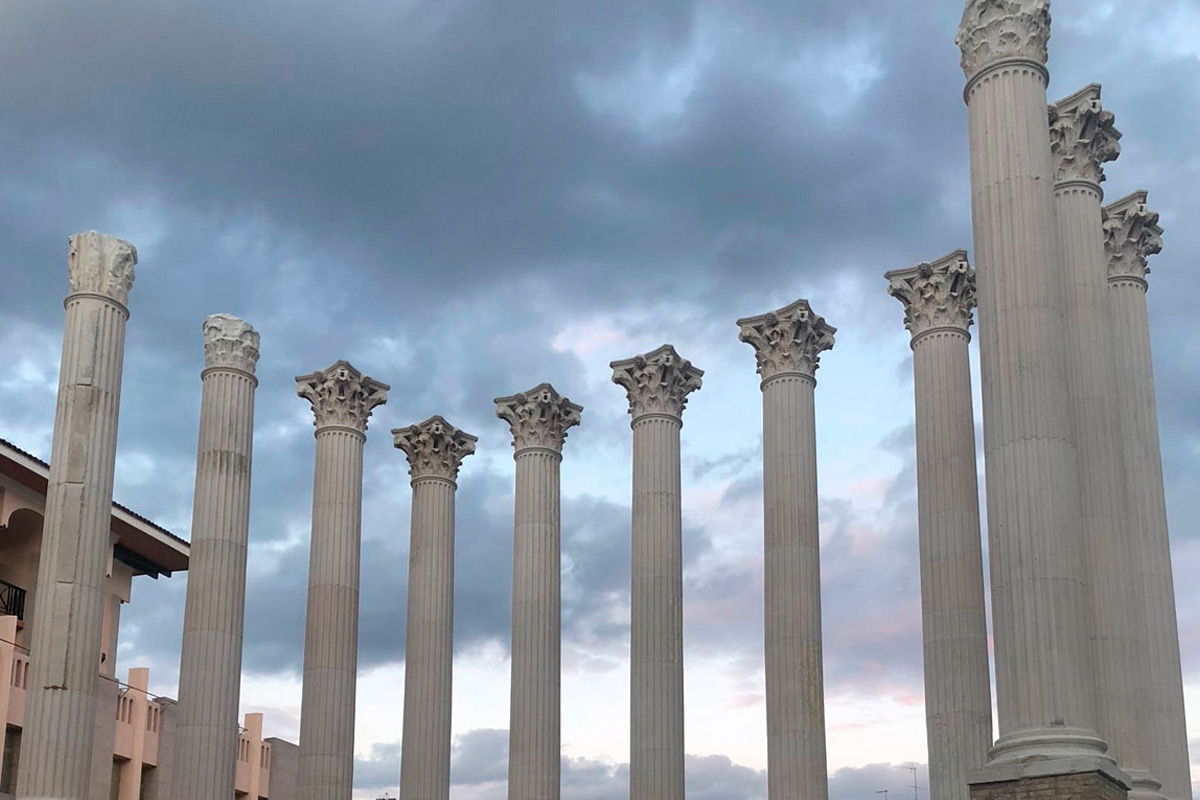In the center of Córdoba stands a monument that connects us with the ancient remains of the Roman Empire: the Roman Temple of Córdoba. This imposing reminder of the Roman past stands as a silent witness to the greatness and splendor of a civilization that left an indelible mark on the region and the city.
A Bit of history: The Roman Temple of Córdoba
The Roman Temple of Córdoba, also known as the Temple of Claudio Marcelo, was built during the Roman rule in the region. Its construction dates back to the times of Emperor Claudius, although some research suggests it might have been erected during the reign of Augustus. This temple was dedicated to the worship of the Roman imperial cult, a common practice at that time to pay homage to deified emperors.
When was the Roman Temple of Córdoba Built?
According to writings and different studies, the Roman Temple of Córdoba was built in the second half of the 1st century. To be more precise, it began construction during the time of Emperor Claudius (41-54 AD), although it was not completed until the reign of Domitian (81-96 AD). Although evidence of its existence appeared in the 16th century, it wasn’t until the mid-20th century that investigations began. Over the years, various restorations and conservation works have been carried out on the Roman Temple of Córdoba to preserve its structure and ensure its historical integrity.
Location: In the heart of Córdoba
The Roman Temple of Córdoba is located in the heart of the city, near the Guadalquivir River and within walking distance of other important historical sites such as the Mosque-Cathedral and the Alcázar of the Christian Monarchs. Its strategic location reflects its importance in antiquity as a center of worship and religious activity in the Bética province. Possibly, it was one of the largest works built during the Roman era in Córdoba. Today, the temple is a popular tourist attraction that draws visitors from around the world who want to immerse themselves in the rich history of Córdoba, although the building that can be enjoyed is a reconstruction of the original.
Points of Interest
- Archaeological Artifacts: During excavations carried out around the Roman Temple of Córdoba, numerous artifacts and archaeological remains have been discovered, shedding light on daily life in ancient Roman Córdoba. Among them, fragments of pottery, ancient coins, and sculptures stand out.
- Architecture: It is characterized by its impressive architecture and majestic design. Built on a raised terrace, the temple was surrounded by a series of Corinthian columns supporting a triangular pediment decorated with sculptures and reliefs. Although much of the original temple has been dismantled over the centuries, remnants of its original structure can still be appreciated, providing an idea of its ancient greatness.
- Panoramic Views: From the elevated terrace where the temple is located, visitors can enjoy breathtaking panoramic views of the city of Córdoba and its surroundings. This unique perspective offers a fascinating glimpse of the interaction between the past and the present, where the vestiges of ancient Rome coexist with modern life.
- Interior Visit: For the summer of 2024, it is planned that visits to the interior will begin, as this has been impossible until now and in past years.
All-in-all, the Roman Temple of Córdoba is much more than a simple historical structure; it is a living reminder of the Roman legacy, connecting us with the deep roots of present-day Córdoba. It is a testimony to the greatness of a civilization.

